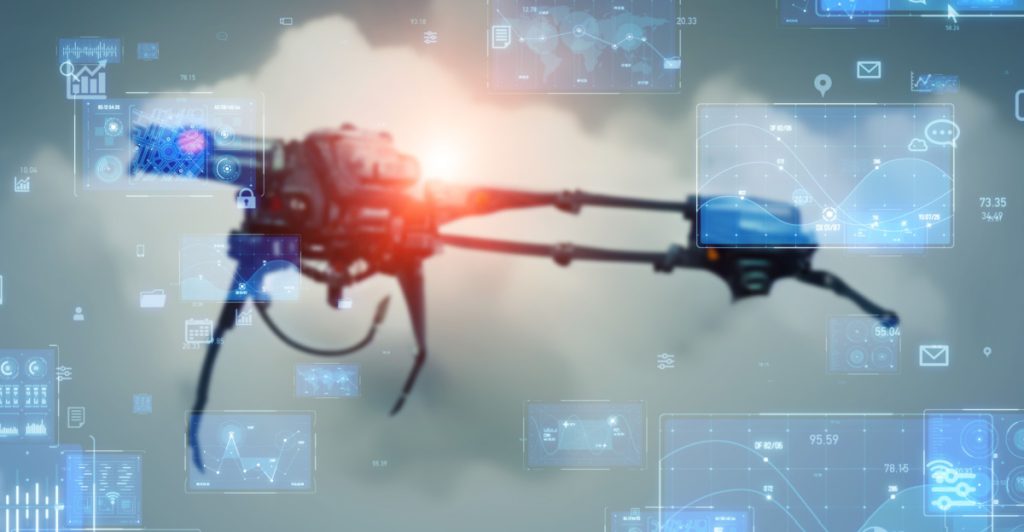A new electromagnetic weapon just made its debut in Tokyo—and it might signal the future of air defense and battlefield tech.
Others are reading now
Military technology rarely stands still—and neither do the threats it’s built to counter. At one of Asia’s largest defense expos this week, Japan offered a glimpse of where future battlefields may be headed, unveiling a weapon that merges cutting-edge physics with high-stakes strategy.
Not Your Average Artillery
On display at the DSEI Japan exhibition in Chiba, Japan’s Ministry of Defense showcased an electromagnetic railgun, a high-speed system that launches projectiles using electricity instead of gunpowder.
The weapon doesn’t rely on explosive payloads. Instead, it fires metal slugs at immense velocity, inflicting damage through raw kinetic energy.
“The railgun is a weapon of the future that fires projectiles using electric power, unlike conventional artillery,” said a representative from Japan’s Acquisition, Technology, and Logistics Agency (ATLA), quoted by Digi24.
Also read
The railgun is being developed to counter increasingly difficult aerial threats such as ballistic and hypersonic missiles—targets that often outpace traditional missile defense systems.
A Global Race for Electromagnetic Superiority
Japan is not alone in developing this technology. The United States, China, France, and Germany have also invested in railgun programs.
But Japan’s defense forces made headlines last year by becoming the first to test such a weapon at sea.
Defense officials believe this could give them an edge in intercepting fast-moving threats in contested regions like the East China Sea.
“We know that in the future there will be threats that can only be countered by electric weapons,” the ATLA official added.
Strategic Context: Export Ambitions and Alliances
The railgun reveal also aligns with Japan’s shifting military posture. For the first time in decades, Japan is aggressively marketing defense exports.
Its top defense contractor, Mitsubishi Heavy Industries, is currently competing for a multibillion-dollar naval deal with Australia—a move that could redefine Tokyo’s role in regional security.
If successful, the project would be Japan’s largest military export since World War II.
With tensions growing across the Indo-Pacific and missile technologies advancing fast, Japan’s electric railgun may mark not just a new kind of weapon—but a new kind of deterrence.


